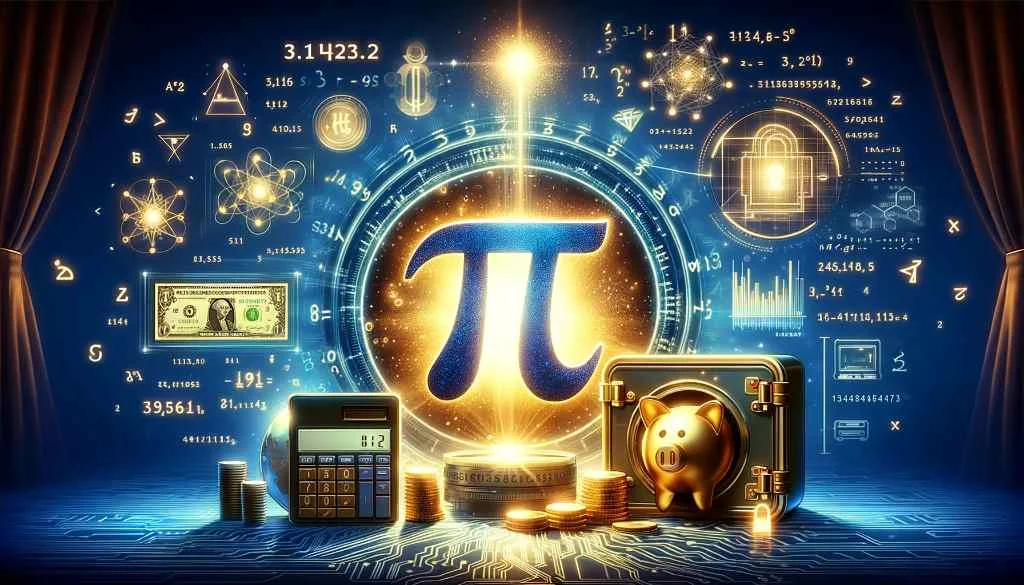In the realm of mathematics and science, numbers hold a special place as the building blocks of understanding and discovery. Among these numbers, some acquire legendary status due to their fascinating properties or their applications in various fields. One such intriguing concept that has garnered attention is “Pi123.” While it might initially sound like a mathematical term, Pi123 has more layers to it than meets the eye. This article aims to unravel the mystery behind Pi123, exploring its origins, mathematical significance, and broader implications.
What is Pi123?
At first glance, Pi123 might appear to be a variation or extension of the well-known mathematical constant π (pi), which represents the ratio of a circle’s circumference to its diameter. However, Pi123 is not merely an adaptation of π. Instead, it represents a conceptual framework that combines numerical precision with innovative thinking.
Pi123 can be understood as a sequence or identifier often used in mathematical modeling, coding, or scientific research to denote a specific process or structure. Its simplicity in representation (“Pi” for mathematical inspiration and “123” for sequential progression) makes it a versatile term that sparks curiosity. While Pi123 may not yet appear in mainstream academic discussions, its emergence in niche areas like algorithm development, data encryption, and computational theory makes it a subject worth exploring.
The Mathematical Underpinnings of Pi123
1. Numerical Significance
The inclusion of “123” in Pi123 suggests an inherent sequential pattern. Numbers like 123 are often considered “stepwise” due to their ascending order. This property makes them ideal for modeling iterative processes, where each step builds on the previous one. By combining this sequence with the essence of π, Pi123 becomes a symbolic representation of harmony between continuous and discrete systems.
2. Algorithmic Applications
In computational mathematics, sequences like Pi123 are invaluable for algorithm design. For example, algorithms that rely on sequential inputs or outputs often use similar identifiers to track progress or debug errors. Pi123, with its intuitive structure, could serve as a placeholder or marker in code, signifying key transitions within iterative loops.
3. Representation in Geometry
The “Pi” in Pi123 naturally ties it to geometry. One potential application of Pi123 lies in tessellation—the tiling of a plane using geometric shapes. Here, Pi123 might represent a sequence of steps used to calculate optimal arrangements or minimize gaps between tiles. This conceptual use highlights its potential in mathematical modeling and problem-solving.
Beyond Mathematics: The Broader Implications of Pi123
1. Pi123 in Data Science
In the field of data science, sequences like Pi123 are often employed to simplify complex datasets. For instance, Pi123 might be used as a shorthand in labeling data clusters, providing an easily recognizable identifier. Its structured yet flexible format aligns well with the iterative nature of machine learning algorithms, particularly in supervised learning models.
2. Cryptographic Potential
The unique combination of mathematical inspiration and sequential logic makes Pi123 an interesting candidate for cryptographic applications. By encoding messages or creating cryptographic keys using Pi123, developers can leverage its simplicity and adaptability. This approach could enhance both the security and efficiency of encryption systems.
3. Symbolism in Art and Design
Pi123 also has potential as a motif in artistic and architectural designs. Artists and architects often draw upon mathematical sequences to create visually appealing patterns. Pi123, with its balance of order and progression, could inspire designs that resonate with viewers on both intellectual and aesthetic levels.
Theoretical Implications and Future Research
While Pi123 is still an emerging concept, it opens the door to numerous theoretical explorations. Researchers could investigate its potential in fields like quantum computing, where precision and sequence play critical roles. Additionally, the symbolic nature of Pi123 might inspire philosophical discussions about the interplay between order and creativity.
1. Quantum Algorithms
In quantum computing, sequences like Pi123 could be used to model qubit states or transitions. The inherent order of “123” may align with quantum algorithms that rely on stepwise operations, offering a new perspective on computational efficiency.
2. Mathematical Philosophy
Pi123 invites questions about the nature of mathematical representation. What does it mean to combine a transcendental number like π with a finite sequence? How does this union reflect our understanding of infinity versus finiteness? Such philosophical inquiries could enrich the discourse on mathematical abstraction.
Practical Applications of Pi123
1. Education and Pedagogy
Pi123 could be introduced as a teaching tool in mathematics and computer science classrooms. By presenting it as a symbolic sequence, educators could use Pi123 to explain concepts like iteration, progression, and geometric relationships in an engaging manner.
2. Engineering Simulations
In engineering, simulations often require precise yet adaptable modeling frameworks. Pi123 could serve as a reference sequence for iterating through simulations, whether in fluid dynamics, structural analysis, or electrical circuit design.
3. Innovation in Gaming
The gaming industry thrives on creative sequences and algorithms. Pi123 could inspire new mechanics for puzzle-solving or procedural generation, providing players with unique and intellectually stimulating experiences.
Challenges and Critiques
Despite its potential, Pi123 is not without challenges. Critics might argue that the concept lacks rigor or practical utility in its current form. Without formal definitions or established use cases, Pi123 risks being dismissed as a novelty rather than a serious mathematical tool. Addressing these critiques requires collaborative efforts from mathematicians, scientists, and educators to refine and validate the concept.
Conclusion: The Promise of Pi123
Pi123 stands at the intersection of mathematics, science, and creativity. Its blend of numerical precision and symbolic representation offers intriguing possibilities for both theoretical exploration and practical application. While it may still be in its infancy as a concept, Pi123 has the potential to inspire innovation across diverse fields. By embracing the curiosity it evokes, researchers and enthusiasts alike can uncover new dimensions of understanding and discovery.
